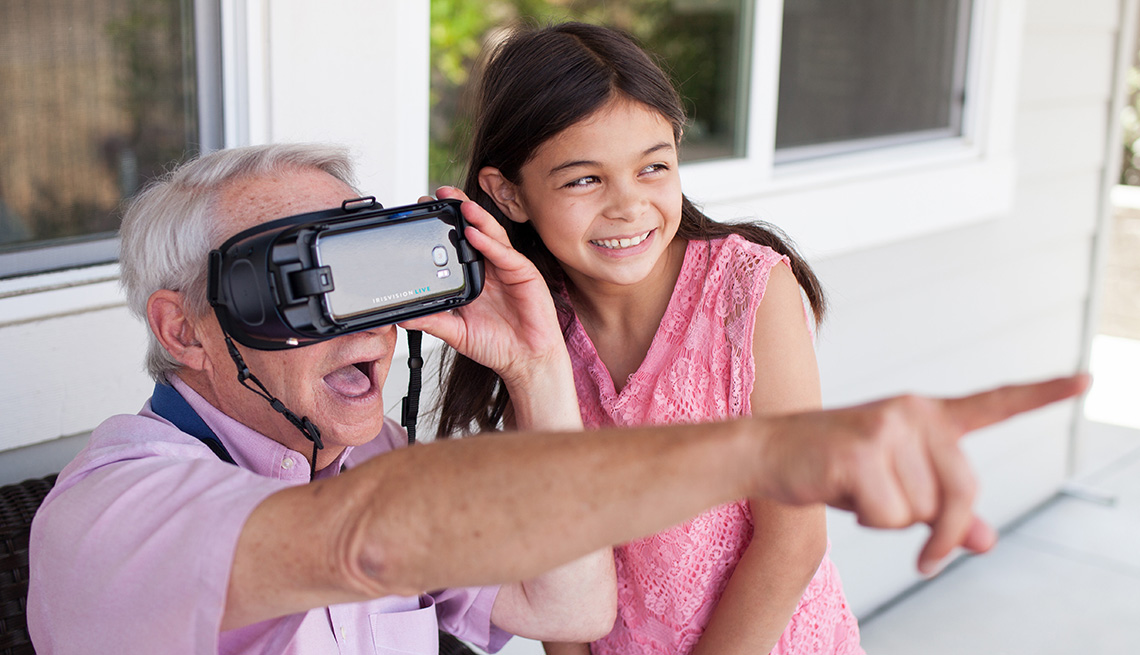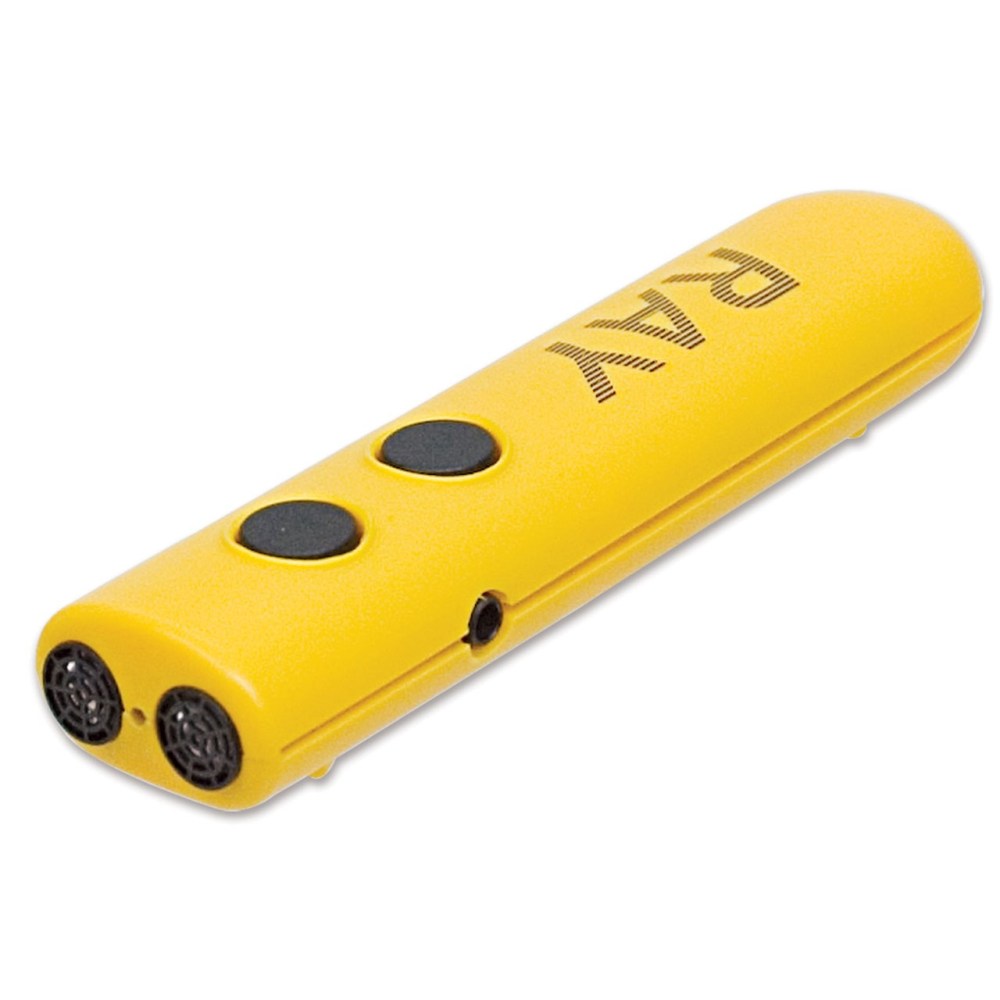AI-Powered Visual Aids: Redefining Support for the Blind
Wiki Article
An Overview to Life-Changing Assistive Innovation for the Blind and Visually Impaired
The improvement of assistive innovation has ushered in a transformative age for people who are aesthetically damaged or blind, offering tools that improve autonomy and enrich daily experiences. Advancements such as smart navigation tools and AI-driven applications are redefining exactly how users interact with their environments, while accessible reading remedies and smart home technologies guarantee to additional boost the lifestyle. As these innovations remain to develop, one need to consider not only their performances however additionally their impact on cultivating freedom and inclusivity. What does this mean for the future of accessibility?Smart Navigating Equipment
Smart navigating tools are transforming the way people who are blind or aesthetically damaged communicate with their setting. These innovative innovations, which incorporate GPS, audio comments, and haptic signals, offer customers with vital details concerning their surroundings, boosting their freedom and movement.
One prominent instance is making use of smart walking sticks furnished with sensing units that discover barriers and offer real-time responses via vibrations or audio hints. These devices permit individuals to navigate intricate atmospheres, such as active roads or crowded public areas, with raised self-confidence. Furthermore, wearable gadgets, such as clever glasses, are being established to help in identifying faces, reviewing text, and identifying items, even more augmenting the individual's spatial awareness.
Moreover, smart navigation devices are significantly incorporating expert system to examine data and adjust to individuals' preferences. This personalized technique not only enhances navigation effectiveness however additionally fosters a sense of empowerment among users. As innovation remains to breakthrough, the potential for smart navigating devices to develop a more inclusive and accessible globe for individuals who are blind or visually damaged stays encouraging, ultimately improving their day-to-day experiences and interactions.
Cutting-edge Mobile Apps
Mobile applications are arising as powerful tools for aiding people who are visually impaired or blind, supplying a range of performances that boost daily living. These applications harness advanced modern technology to assist in everyday tasks, enhance ease of access, and advertise freedom.One category of cutting-edge mobile apps concentrates on aesthetic acknowledgment. Applications like Be My Eyes connect users with sighted volunteers by means of video phone calls, making it possible for real-time assistance for jobs such as reviewing tags or navigating strange environments. Applications like Seeing AI make use of artificial intelligence to describe surroundings, read text, and recognize things, supplying users with vital info at their fingertips.
An additional significant area is navigation and alignment. Apps such as Aira and Neighboring Explorer give audio assistance, helping customers navigate metropolitan spaces effortlessly. They use personalized support, enabling for a much more confident expedition of the setting.
In addition, wellness and wellness apps deal with specific demands, such as medication administration and fitness monitoring. These applications intend to foster an alternative technique to wellness, guaranteeing that users can keep their health and wellness separately.
Wearable Assistive Gadgets
Wearable assistive tools stand for a substantial development in technology created to sustain individuals that are visually damaged or blind. These devices boost mobility and self-reliance by providing real-time feedback concerning the surrounding setting. Among the most notable wearable innovations are wise glasses equipped with electronic cameras and sensing units, which can recognize barriers and relay crucial details via sound signs.
An additional ingenious choice includes wrist-worn devices that utilize ultrasonic waves to identify challenges and offer navigational aid. These gadgets often include customizable settings, allowing customers to customize the notifies to their details requirements.
The combination of man-made intelligence in wearable assistive technology is additionally notable, as it continuously boosts the precision and responsiveness of these gadgets. On the whole, wearable assistive tools are transforming the lives of the visually damaged and blind, cultivating better freedom and enhancing lifestyle through cutting-edge options.
Available Checking Out Solutions
Easily accessible reading solutions play an important role in making it possible for individuals who are blind or aesthetically damaged to engage with message throughout different styles. These options incorporate a variety of devices and modern technologies made to improve analysis experiences, from traditional print materials to digital content.One prominent option is Optical Personality Acknowledgment (OCR) technology, which transforms printed message into electronic format, allowing individuals to listen to or review the material using display readers. Furthermore, specialized e-readers equipped with text-to-speech abilities supply personalized analysis experiences, enabling users to change font sizes and background shades for improved presence.
One more efficient technique is braille displays, which offer responsive responses by converting digital message right into braille. This permits individuals to read via touch, promoting higher freedom and accessibility to literary works. Furthermore, mobile applications designed for reviewing checked publications or papers can empower users with instantaneous access to a large collection of materials.

Smart Home Technologies
Smart home innovations have revolutionized the means individuals who are blind or visually impaired interact with their living environments, enhancing both self-reliance and safety. These innovative options leverage automation and connectivity to develop an easily accessible living room tailored to the demands of individuals.Smart speakers and voice-activated aides offer hands-free control over numerous gadgets, permitting users to readjust lights, temperature level, and safety procedures with easy voice commands. This functionality decreases dependence on sighted support and fosters a sense of freedom. Furthermore, wise lights systems can be customized to supply auditory responses or responsive cues, making it possible for individuals to navigate their homes better.
Furthermore, safety systems geared up with smart cams and sensing units can send out real-time notifies to users, enhancing personal safety without demanding aesthetic confirmation. Automated door locks offer satisfaction, permitting users to safeguard their homes easily.
Integrating smart home technologies not just improves day-to-day living but also motivates social interaction through linked tools - Smart glasses for the visually impaired. With continuous innovations in assistive innovation, the future shows up promising, as even more remedies will certainly arise to further empower people that are aesthetically damaged or blind, making certain an extra inclusive and independent lifestyle
Conclusion
In verdict, the innovations Voice-activated assistive devices in assistive technology for the blind and visually damaged represent a considerable jump towards boosting freedom and quality of life. Smart navigation tools, innovative mobile applications, wearable devices, accessible analysis remedies, and wise home technologies collectively foster a comprehensive environment. This integration of technology not just boosts wheelchair and day-to-day living but also equips people to engage completely with their environments, advertising better autonomy and participation in culture.
Innovations such as wise navigation tools and AI-driven applications are redefining how individuals engage with their environments, while accessible reading options and clever home modern technologies guarantee to additional elevate the quality of life. As innovation proceeds to advancement, the capacity for clever navigation devices to produce a more inclusive and easily accessible globe for individuals that are visually impaired or blind remains promising, eventually improving their everyday experiences and communications.
Wearable assistive devices stand for a considerable innovation in innovation designed to sustain people who are blind or aesthetically damaged. Among the most remarkable wearable technologies are smart glasses outfitted with sensing units and cams, which can recognize challenges and relay essential information with sound cues.
Smart navigation tools, ingenious mobile applications, wearable devices, available analysis options, and smart home innovations jointly cultivate an inclusive environment.
Report this wiki page